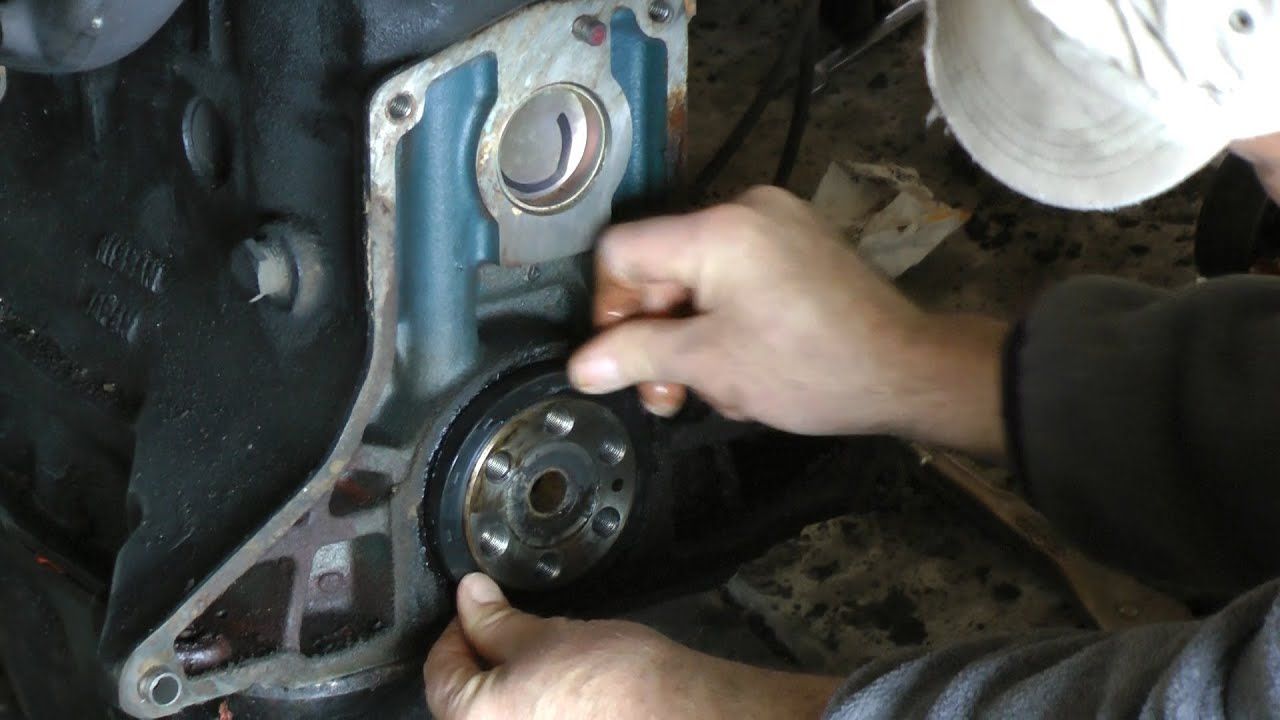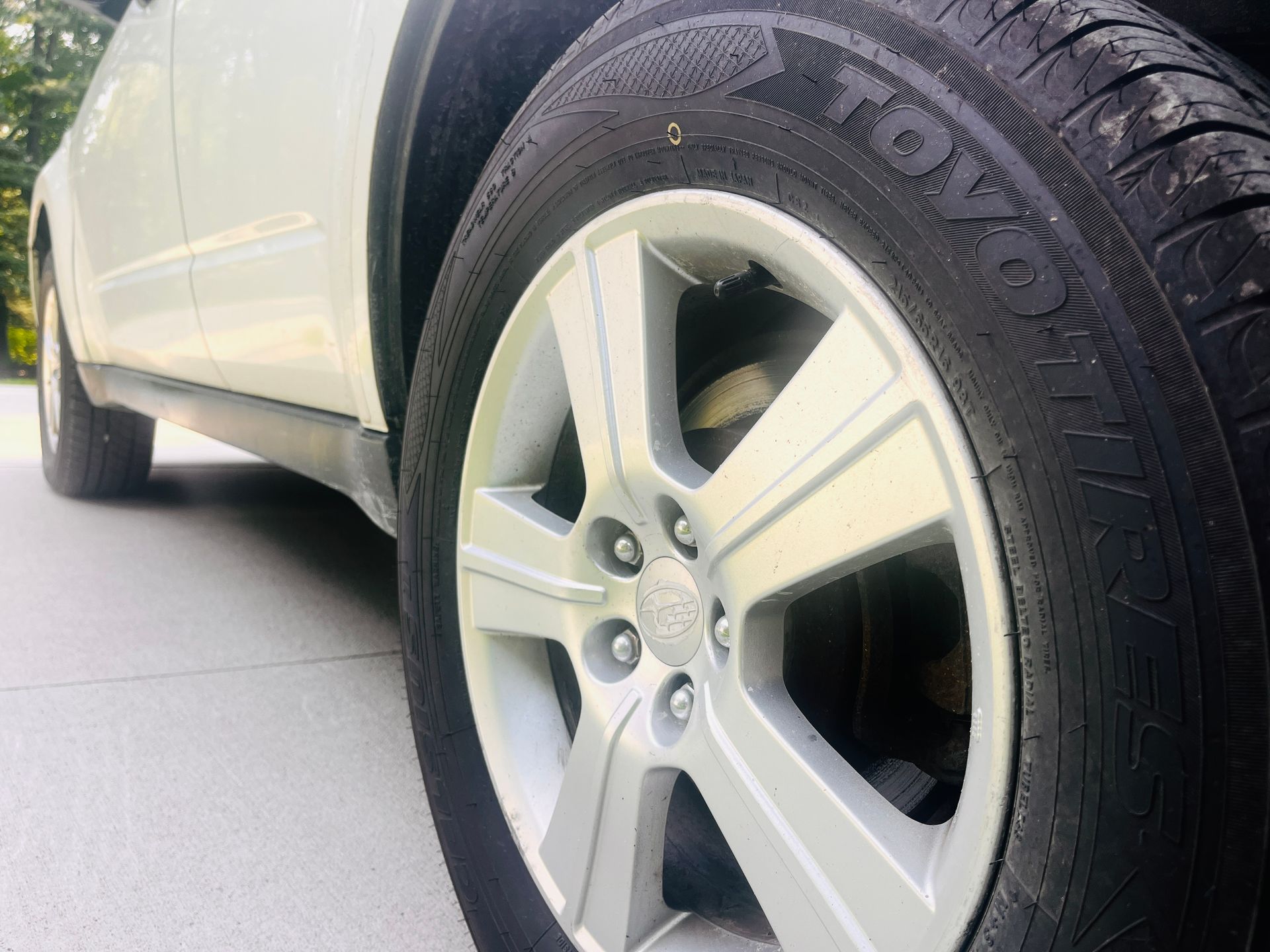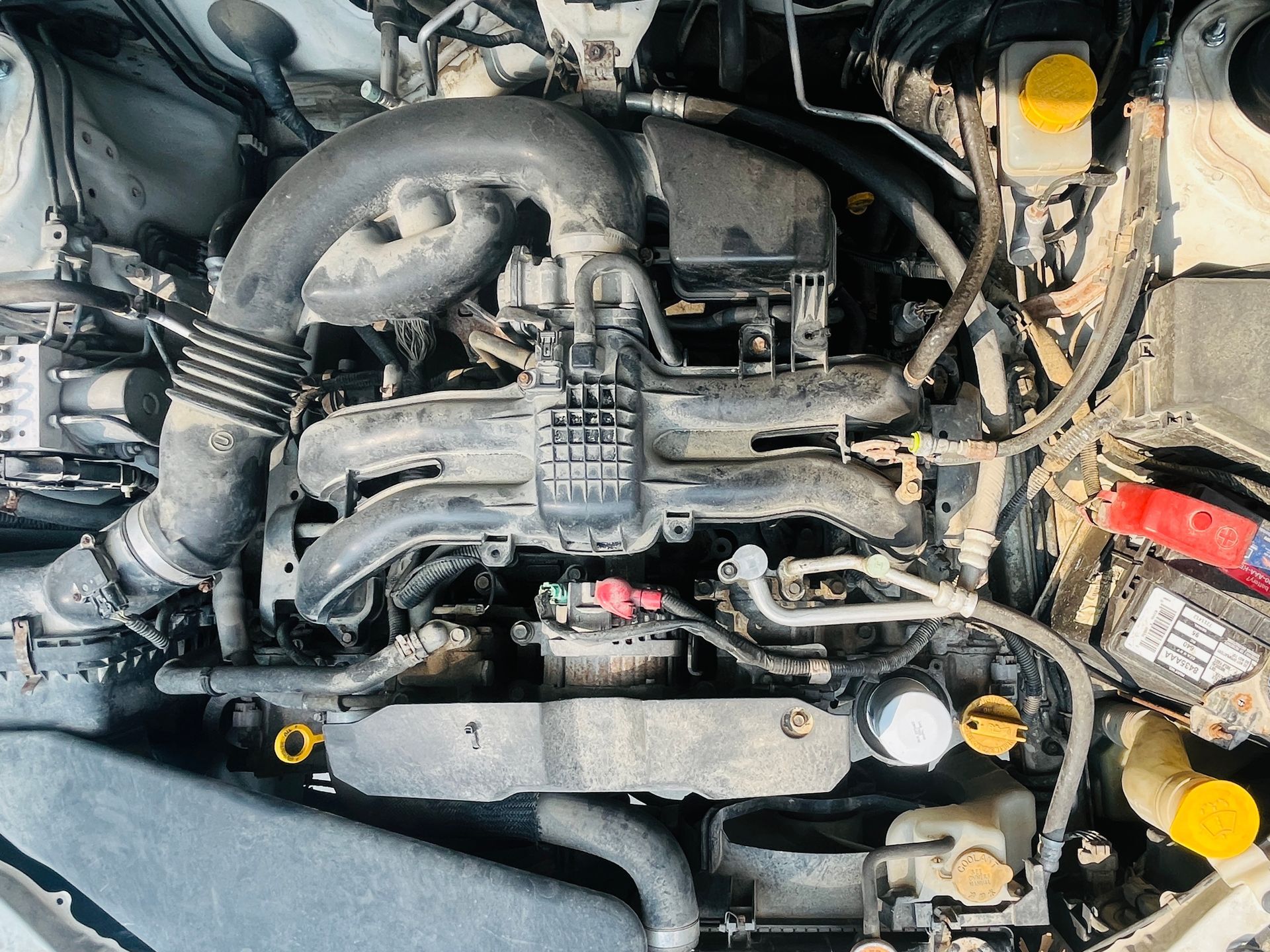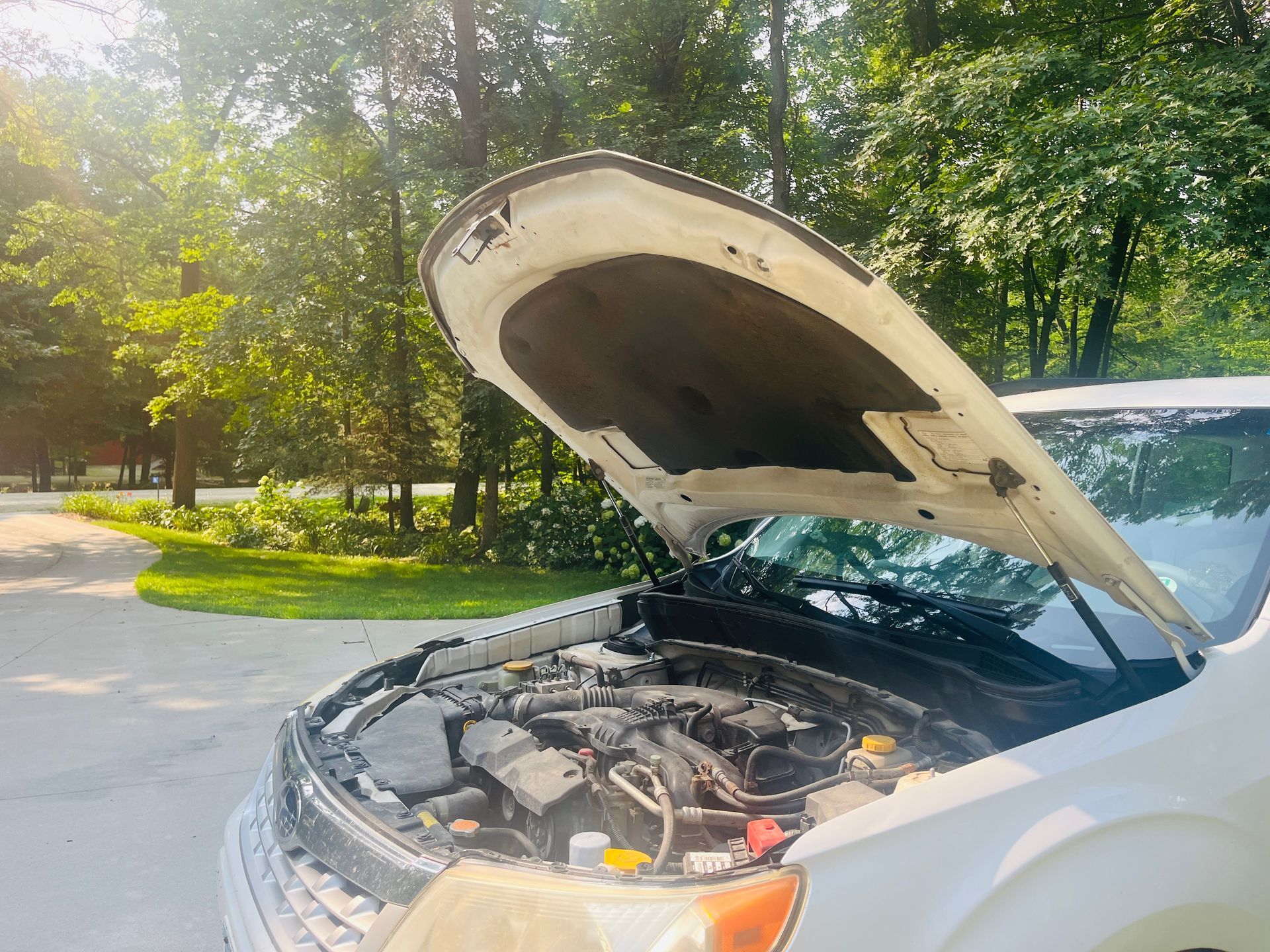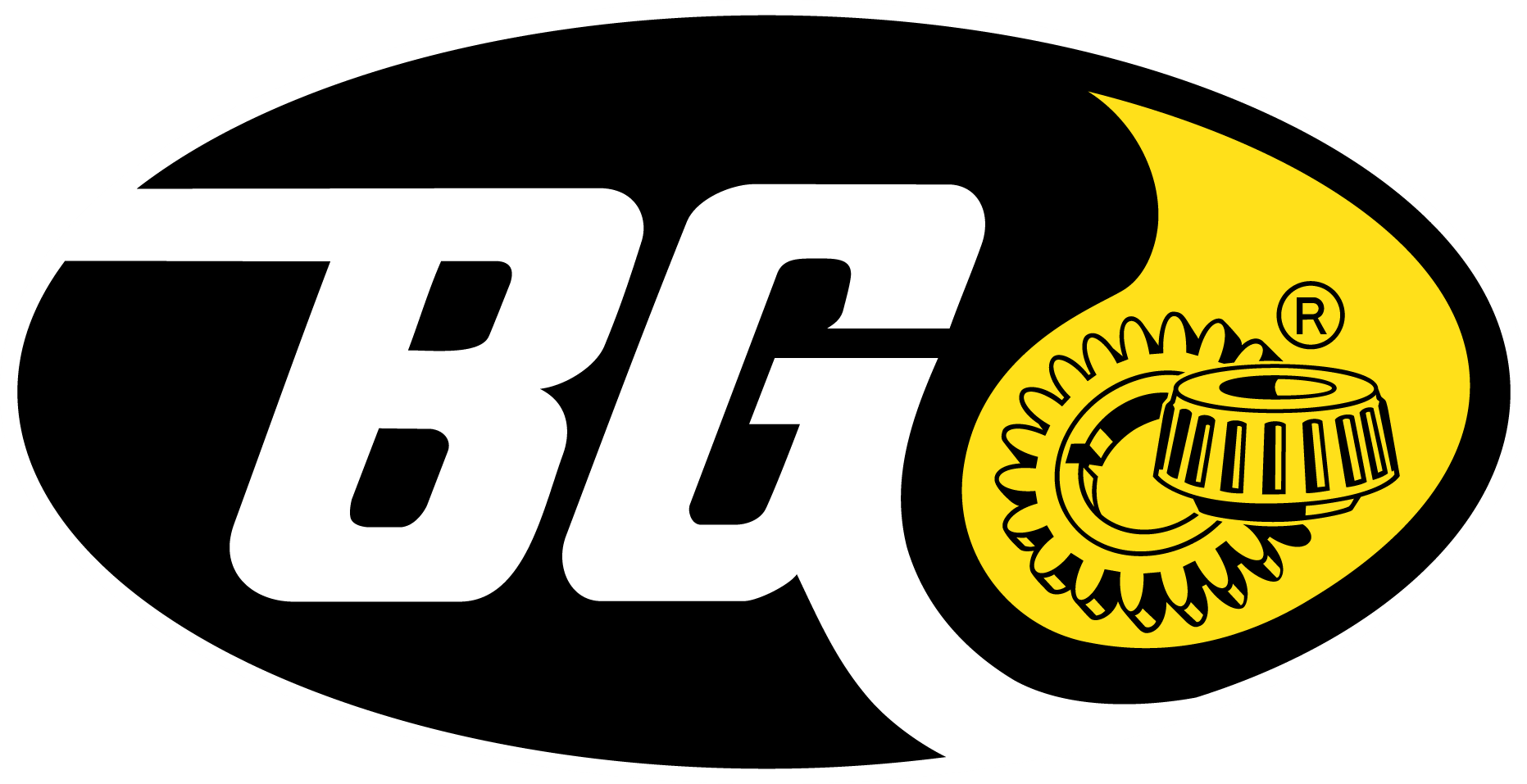GDI Air/Fuel Induction Service Cost
August 2, 2018
A lovely garden and top vehicle performance start with prevention
Weeds. If you are a gardener, you may tremble when you hear that rotten five-letter word. Over the years, I have tried different methods to prevent weeds in my garden. This year, I followed the same successful regimen I used last year: I sprinkled Preen in May followed by a layer of fresh mulch to suffocate potential weeds. My efforts did not go unnoticed as the season has progressed; I have managed to prevent the majority of weeds. I would call this a success and might even brag about my mostly weedless garden … but in my one-track weed-focused mind, I failed to consider unforeseen problems or do what I could to prevent them in time.
You see, shortly after we laid the mulch, and as my garden started flourishing with big beautiful hosta leaves, a vicious hail storm ripped giant gaping holes in every hosta (and several other plants) that was not somehow sheltered by a bush, tree, or roof overhang. I nearly cried when I saw their leaves tattered and torn.
But I still had hope that some of the leaves, which hadn’t fully sprouted, might overshadow the damaged ones. I was pleased to see there was a minor recovery … but then came the next problem – slugs. With a rainier-than-normal spring, those slimy little buggers came earlier in the season and, to my horror, attacked in droves, devouring many of the leaves that were still intact. I quickly got into exterminator mode to prevent more damage and was pleased to discover the cups of beer I set out attracted and then drown those critters. As I pumped my fist in drunken slug victory, a new problem emerged – deer.
In past years I did not even have to consider deer as a threat to our plants because our energetic, deer-deterring black lab Sadie had always kept them at bay. However, as Sadie has aged, she has slowed down and become a little blind and deaf, allowing the deer to use my garden as their personal salad bar. At this point, I have basically given up on my garden and am researching preventative measures for next year.
This progression of garden events reminds me of the issues inside our vehicles that we don’t realize are happening. We drive our vehicles, fill them up with fuel as needed (getting us to where we need to go) and even get scheduled oil changes – preventing “weeds.” Depending on how much we believe in other fluid maintenance, we may do it on schedule or wait until we hear about something that is past due and then get it done to prevent bad things from happening in the future – preventing “slugs” even though there may already be some “slug” damage. Ultimately, those sneaky “deer” show up, bringing about required repairs (many times prematurely) because we failed to take preventative measures.
In my last article, I reviewed fluids recommended for a healthy vehicle, things that will keep the weeds at bay and prevent some slugs. But I haven’t touched on anything you can do to make your vehicle even healthier and possibly even reverse some slug damage in one of the biggest and most expensive systems of our vehicles: the engine.
The auto industry has worked hard to make vehicles more efficient and less harmful to our environment. While great strides have been made, specifically with the introduction of the gas direct injected engine (GDI), an unforeseen problem has emerged – clogged fuel systems and engine carbon buildup.
These issues lead to expensive repairs. The problems have led manufacturers as well as independent auto companies, like BG, to perform studies to understand how early the deposits start and how to prevent and dissolve them on a regular basis.
Test vehicles have been used to understand the gravity of this problem; one vehicle is treated with products that have been developed while another vehicle of the same make and model is not treated. Findings are already revealing significant buildup at only 10,000 miles! But this buildup on the treated vehicles has responded very favorably to the newest chemical solutions that have been formulated by BG, an independent after-market fluid company that makes their products in America and has successfully become one of the best preventative maintenance fluid suppliers globally.
This “magic potion,” called the GDI Fuel/Air induction service is recommended every 15,000 miles before the carbon becomes too thick and causes irreversible damage. The powerful treatment, which costs around $290, introduces chemicals and cleaners to the right areas of your entire fuel system – dissolving and cleaning accumulated buildup. If done regularly and on schedule, GDI vehicles will benefit with superior performance, power and fuel efficiency (saving money at the pumps), as well as a reduction of harmful emissions.
This service not only combats problems along the way as your vehicle ages, it also has the capability to significantly reduce buildup on vehicles that already have more than 15,000 miles, helping to reverse the “slug” damage to some degree. If you don’t believe in maintenance, perhaps you might consider restoring these critical areas of your system before they get worse. Symptoms you may notice (like holes in my hostas) are power loss, rough idle, hard starting, knocking, and/or decreased fuel economy.
Thankfully, there are companies like BG who are dedicated to helping all of us maintain our vehicles, keeping them healthier for much longer! Now, if only there were a magic potion for helping me maintain my garden. For those of you who have lovely weedless, slugless, deerless gardens, perhaps you have a secret magic potion to help me out next spring. Together we can have beauty in our yards and in our vehicles.

